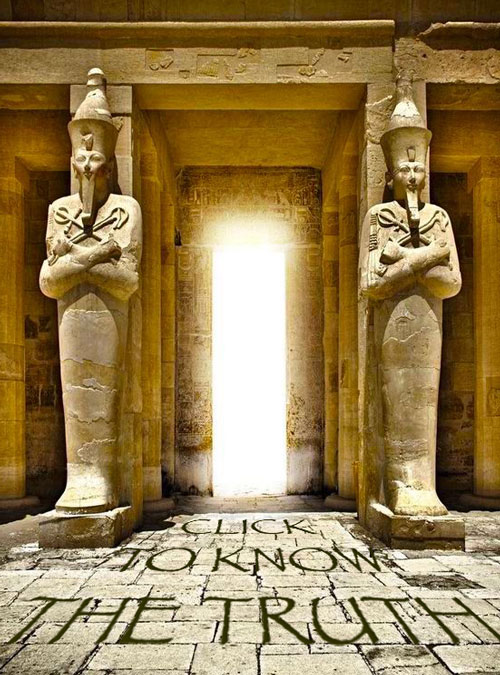The Royal Cubit
The English word “cubit” comes from the Latin word “cubitum” or elbow.

Interpreting this, we might say that it hints at a sacred proportion within the human body. Measured from the fingertips, it’s the 1:√2 ratio of the forearm to the deltoid tuberosity:

In the artwork below, Seshat’s arm bands made of leopard claws hint at this:

In Seshat’s right hand, the marker signifies 1 unit from the bottom of the shen ring, with the vertical length of the sacred cord at √2. In her left hand, she holds the cord in the middle. These 1D ratios are found in 2D nested squares or 3D cuboctahedrons:

To the Egyptians the Stretching of the Cord ritual was born during the Old Kingdom. This was the archaic time of Djoser, Imhotep, Snefru, Amenhotep and Kanofer. The ceremony dealt with the dimensions of sacred temples and was governed by the gods of time and space. “Royal” gives us a clue here because it refers to the relationship between humans and the cosmos.
Now we come to our local system with some ratios below. Here we are reminded of the ancient hieroglyphic (top) which shows a half circle (the lunar diameter) with a wavelength below it. In addition, drawing an oblong shape around the Moon and Earth below creates an egg—the periodic ovum of rebirth, resurrection and victory over death. As we will come to see, the 11:3 Earth to Moon ratio below is key:

From this central square comes the lotus pattern below. It shows a series of nested squares that are drawn from the midpoint of their parents. This is the same as dividing each side by √2. While we have only drawn a short sequence below, in reality this Seal of Melchizedek features fractal squares that regress far beyond our visual acuity:

Using Earth’s idealised diameter of 12,425 kilometres, we can then nest the outer square 49 times to reach the length of the Royal Cubit, or 52.37 cm.

7 x 7 is a perfect square, giving completion and wholeness in a geometric or symbolic sense. Using 49 powers of √2 creates a nested ratio system, or a “geometric fractal”. As a nod to the lunar phases, there were seven “palms” in the Royal Cubit, yielding 28 units. But how did they come up with 12,425 kilometres in the first place?
Well, they started with the Moon as their foundational measure because it’s a perfect sphere—unlike the Earth. Glancing above, terrestrial and lunar ratios could be reduced to 11:3 or “a perfect third plus a sixth”. Using apparent calculations, the Egyptians found the Harmonic Mean Diameter to be 3,389 kilometres.
HMD × 11/3 ≈ 12,425 km
Astonishingly, the ancient Egyptians were sophisticated enough to understand that the Moon’s varying distance from the Earth required a harmonic mean calculation (because apparent size varies inversely with distance). This would naturally result in a 2-3% smaller value than the simple arithmetic average.

So the Egyptians weren’t making an error—they were using the mathematically correct averaging method for inverse relationships. This suggests an extremely sophisticated understanding of orbital variation, inverse-square relationships and harmonic means.
By choosing the apparent size, they weren’t “wrong” but revealing the hidden rhythm between the Moon’s motion and the Earth’s form. And yes—this method undercooks the Earth’s diameter slightly, but it’s a feature of using observational, proportional geometry rather than direct measurement—an elegant compromise between practical observation, geometry and symbolic ratios.

This meant the Moon was their Royal Standard—the “Rosetta Stone” of the planets that anchored their entire measurement system. Here we are reminded that Thoth as Lord of the Cubit was a lunar deity. Indeed, the Egyptians weren’t interested in measuring Earth’s dimensions perfectly. Instead, they encoded harmonic ratios that linked human and cosmic scales.
Seshat then, was the Mistress of Measure who reflected uterine time spatially. At their cultural zenith, the Egyptians made their mathematics “fit” in an organic way—they favoured cosmology-first metrology rather than measurement-first cosmology.
Today, our metric and imperial systems are mere abstractions. This fall from feminine ratios was one of the most subtle and enduring mathematical debaucheries in our history: our radical, reductionistic science remains unaware of the Rule of One to this day.
